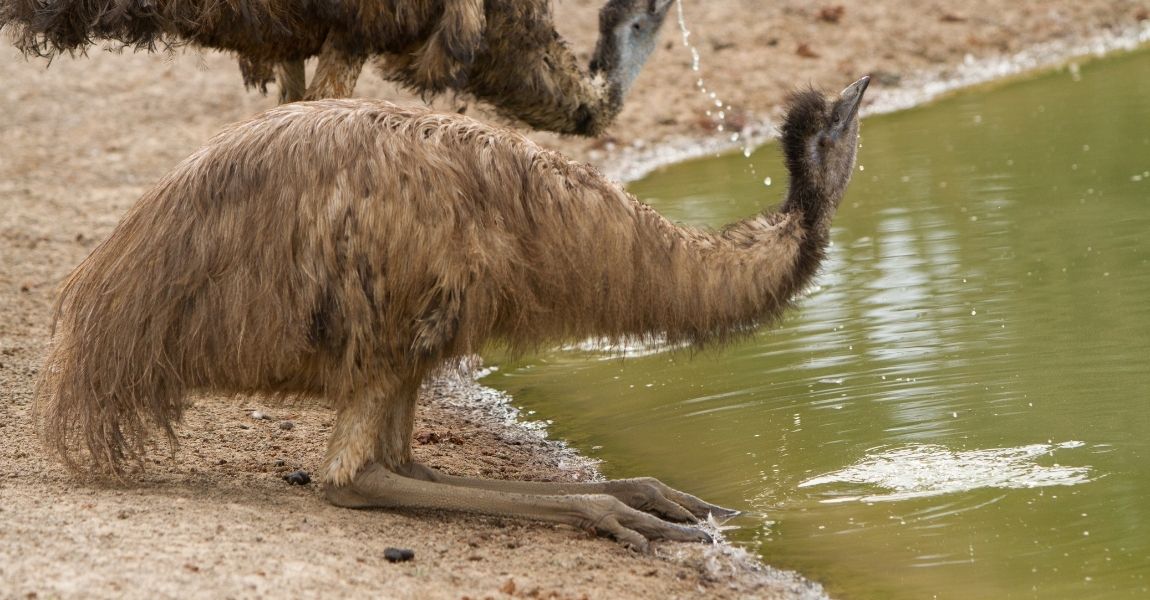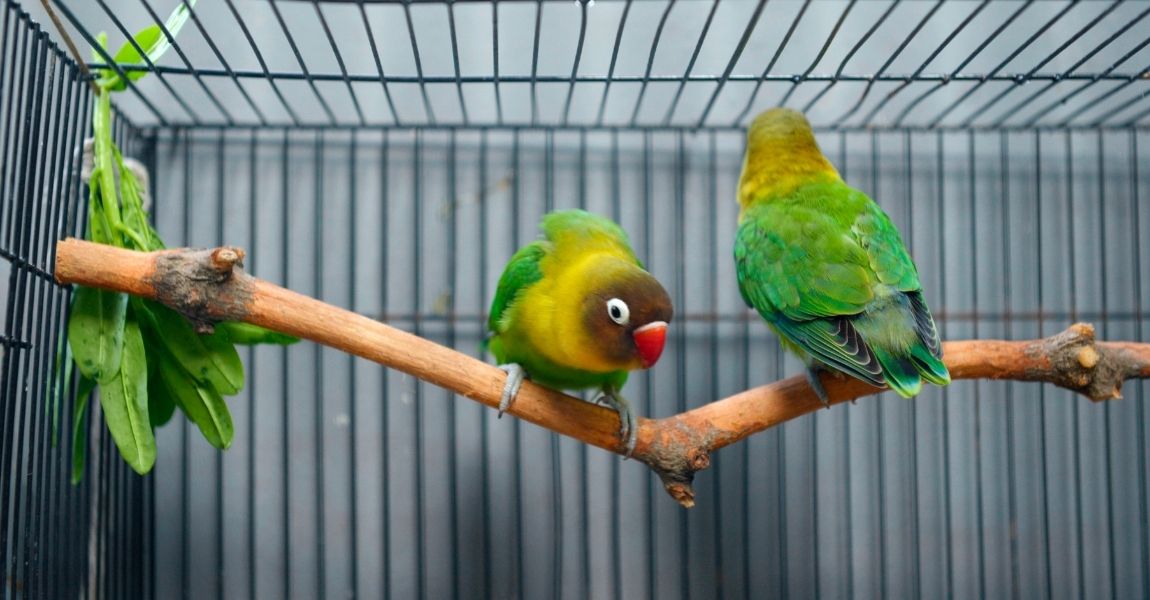Understanding Weird Behavior of Bearded Dragons
Introduction:
Bearded dragons, with their unique appearance and captivating personalities, have become increasingly popular as pets. While they are generally docile and easy to care for, they may occasionally exhibit some strange or unusual behaviors that can leave owners puzzled. Understanding these weird behaviors is crucial to ensure the well-being and happiness of your bearded dragon. In this article, we will explore some common odd behaviors displayed by bearded dragons and shed light on their possible causes and meanings.
Glass Surfing:One peculiar behavior often observed in bearded dragons is glass surfing. This behavior involves the dragon repeatedly running or rubbing against the glass walls of its enclosure. Glass surfing can be an indication of stress, boredom, or a desire for more space. To address this behavior, ensure that your bearded dragon has a spacious and enriched enclosure, with plenty of hiding spots and items to climb on. Providing mental stimulation through environmental enrichment can also help alleviate glass surfing.
Head Bobbing:Head bobbing is a behavior commonly seen in male bearded dragons, particularly during social interactions or territorial disputes. It involves rhythmic up and down movements of the head. Male dragons may head bob to establish dominance or communicate with other dragons. However, head bobbing can also occur in response to external stimuli, such as loud noises or unfamiliar objects. Understanding the context and body language accompanying the behavior can help determine its meaning.
Arm Waving:Another peculiar behavior that owners may observe in bearded dragons is arm waving. This behavior involves the dragon raising and waving one of its front limbs. Arm waving is often seen in response to perceived threats or when the dragon is trying to assert dominance. However, it can also be a sign of submission or an attempt to seek attention. Pay attention to the dragon's body posture and other cues to better understand the underlying message behind the arm waving behavior.
Black Beard Display:When a bearded dragon darkens its throat and chin, creating a black or darkened beard, it is referred to as a black beard display. This behavior can indicate various emotions, including aggression, fear, or stress. It is often a defensive display used to intimidate potential threats or establish dominance. Identifying the triggers for the black beard display, such as loud noises, sudden movements, or unfamiliar individuals, can help mitigate the perceived threats and reduce stress for your dragon.
Tail Twitching:Bearded dragons may exhibit tail twitching, which involves quick, rhythmic movements of the tail. This behavior can be seen during periods of excitement, anticipation, or even during hunting. However, tail twitching can also occur when a dragon is feeling agitated, threatened, or uncomfortable. Understanding the dragon's overall body language and the context in which the behavior occurs is essential to interpret its meaning accurately.
Conclusion:Understanding the weird behaviors displayed by your bearded dragon is crucial for their overall well-being. While some behaviors may seem strange or unusual, they often serve specific purposes or reflect their natural instincts. By observing and interpreting these behaviors, you can better address any underlying causes, reduce stress, and create a suitable environment that promotes their physical and mental health. If you have concerns about your bearded dragon's behavior, consulting with a reptile veterinarian or an experienced reptile enthusiast can provide valuable insights and guidance. Remember, each bearded dragon is unique, and getting to know your pet's individual quirks and behaviors is part of the joy of being a responsible owner.





